
Not a Coffee Parts Wholesaler yet?
Want to be a Coffee Parts Wholesaler??
1300 129 129 9am-5pm M-F AEST

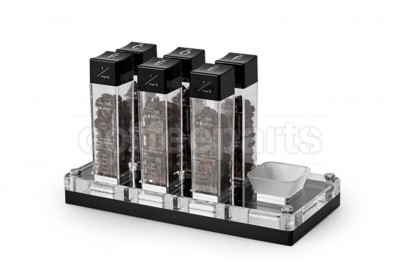








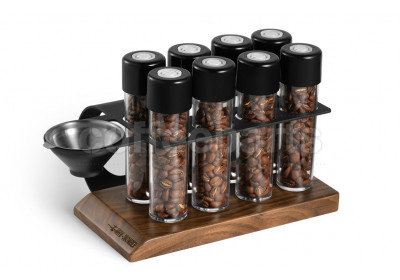

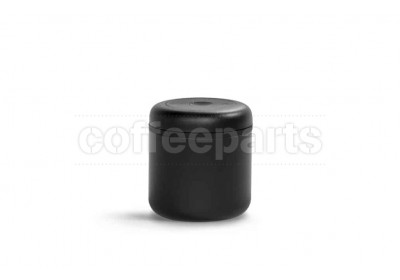
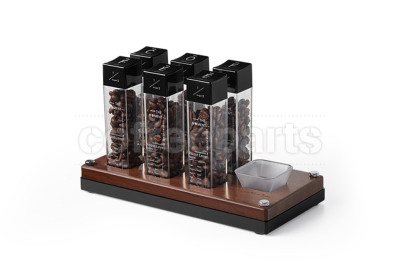
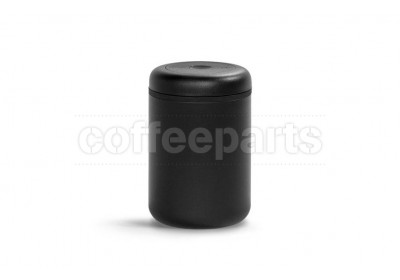
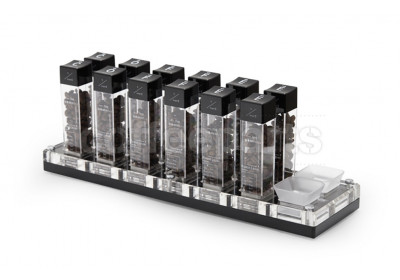

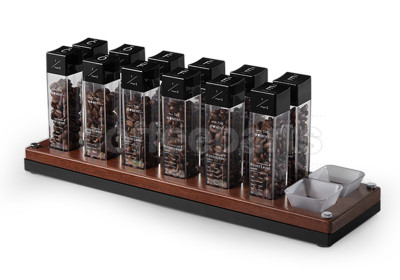
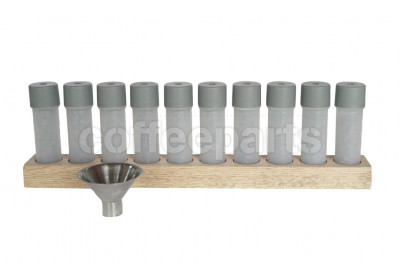





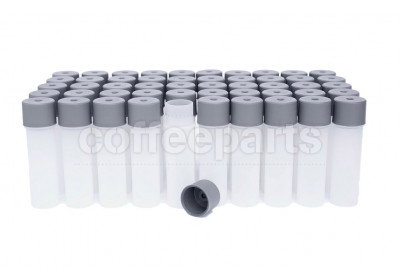

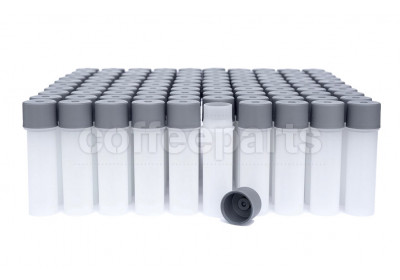

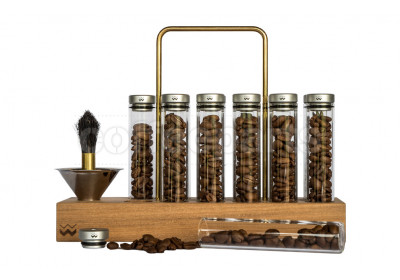


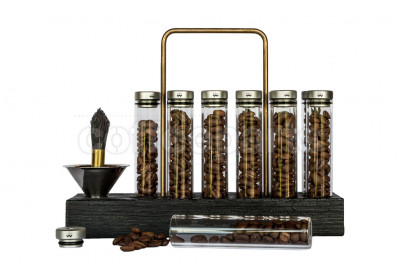


You've spent countless hours researching the right brewing method for yourself, got the equipment for the job and sourced some delicious beans. There’s no doubt you're going to be flawless.
So where do you put your beans once you’ve finished with them? Before you say freezer, I’ll stop you right there. We’ve got a look at a few of our favourite coffee canisters, ground coffee storage and our hero Airscape coffee bean canisters which are designed specifically to keep your beans as flavoursome as possible.
So why does coffee go stale? Well believe it or not, it’s the same reason your old bike rusted away in the backyard, the statue of liberty turned green and why your fruit went bad after sitting in your lunchbox over the weekend. It is a process called oxidation.
Unfortunately for oxygen, it takes the blame for this one. When materials such as organic matter and certain metals have a prolonged exposure to oxygen this is the chemical reaction that occurs. An alteration in molecular makeup, it is the process of oxygen pulling away electrons from another molecule.
These molecules become unstable and begin to react with other molecules around them causing browning, ageing, rusting and when we talk about our beans, makes them go stale.
For a lot of us, we have all been through a stage where we crave a coffee and without blinking we are already at our local ordering a much needed Cups. So understanding that coffee shops turn over a high volume of beans, some pulling 400-800 shots a day.
Which means that there is less stress on storage with multiple bags of fresh beans being opened daily. There’s more weight on storage for the at home brewer who has one or two cups a day and has anywhere from 250-500g of beans that might take up to a month to use. Just before we jump into the most appropriate places for storage, let's have a look at what factors influence the speed of oxidation, really how fast does our coffee go stale.
After coffee is roasted, you’ve got a race against time and oxygen exposure. Once beans are ground, the oxidation process exponentially increases. As we mentioned before the level of oxygen exposure dictates the chemical reaction and therefore how quickly the beans become stale.
Moisture: coffee beans, whether roasted or green, are hygroscopic, which means that they will absorb moisture from the air or anything else around them. Most of the flavours and the caffeine in roasted coffee are soluble in water, so exposure to moisture will degrade the quality of your espresso.
Sunlight: UV light is a mutagen which affects coffee and other foods by causing the breakdown of chemical compounds.
Heat: Temperatures above 25 degrees will speed up the ageing process of coffee, bringing the oils to the surface quicker and escalating the release rate of carbon dioxide.
Oxygen: air exposure causes the coffee to oxidize and, due to its high oil content, will quickly lose flavour.
Overexposure to any of the above factors will age your beans very quickly, fast-tracking the staling process as CO2 escapes and the bean oils dissipate. It's these oils, but also the CO2, that you want to extract from the beans to make beautifully crafted crema-topped espresso.
The Airscape coffee canister does exactly what it claims, it keeps your beans airtight. We never want coffee to go off but unfortunately it's not up to us. After coffee is roasted, you’ve got a race against time and oxygen exposure. The Airscape helps to eliminate the environmental factors which oxidise our beans and force them to lose their freshness.
The Friis helps to keep your beans full of flavour. It has all the features which make up a quality storage canister. The vault is completely opaque which means it can block our light sufficiently, not to mention it blocks out air and moisture. One of the features I like about Friis is the roast date selection on the top that you can use to keep track of when your beans were roasted.
The Atmos is a solid little unit, it comes in three different sizes (400g, 700g or 1.2kg). The Fellow has a few cool features about it, the integrated vacuum pump means that storing your beans is literally super easy. Just by twisting the lid backwards and forth it creates a vacuum and removes air within the canister to create an airtight seal. The canister advertises its the perfect storage unit for not just for coffee but cereals, nuts and even cookies.
Timemore has only recently released their version of coffee storage. With a very similar design to the previously mentioned Fellow. Timemore are a little lighter on the wallet compared to Fellow, but at what cost?
The Airscape coffee bean storage canister, Fellow Atmos Stainless Steel vacuum canister and the Friss coffee storage vault.
Roughly 2 weeks. Now this will fluctuate dependant on how many times the container is opened and closes and exposure to environmental factors once open. The key is to not buy in bulk, aim to get 1-2 weeks supply and constantly top up with freshly roasted beans to keep things tasty!
As we know by now, there’s a little more to brewing coffee than just putting a coffee capsule into a machine and hitting a button, well for a quality cup of coffee anyway. All of our accessories are meant to complement and significantly enhance your brewing experience and ability! Usually, you’d begin your espresso process by using a Dosing tool to weigh the appropriate amount of beans with your Coffee Scales before grinding your fresh coffee!
Your coffee grounds will be put back into your dosing cup and transferred into your Portafilter Basket which may be a single, double or triple! The Distribution tool will help you to evenly distribute the grounds within the Filter Basket prior to using a coffee tamper to compress the grounds. By placing your portafilter onto a Tamping Mat you’ll prevent damage to the portafilter handle or bench, simply place 10-30kg of even pressure down on the tamper and twist to polish. Lock the portafilter into your machine, use the scales under the spout with whichever cup, glassware or reusable cup you prefer and commence brewing.
Now when texturing milk it's important to use the correctly sized milk jug for the amount of milk you require. Once you texture the milk, use a milk Thermometer to get the ideal steaming time for whatever milk you’re working with and if in a cafe you might have the option of a Milk Jug Rinser which is incredibly convenient for the post brew clean! A chocolate shaker is a must for those mocha or cappuccino lovers. When the shot is pouring, make sure to use a barista timer or your scales to measure for the perfect extraction, we recommend 23g in and 46g out at an extraction time of 25-30 seconds. Knock the puck out in either a Knock Box at home or a Standing knock tube or in bench shoot if you’re in a cafe!
Now every machine deserves a good clean, check out our range of Blind Filters, cleaning brushes, cleaning products and chemicals! Everyone loves having a few beans up your sleeve so be sure to check out our favourite Coffee Storage units for home or cafe! If you've got a passion for coffee, well there's nothing tastier than some cupping, use some of our coffee Cupping Tools, such as bowls and spoons to bring this professional experience into your own home!